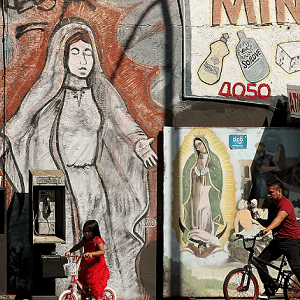A new study has revealed a concerning connection between neighborhood opportunity levels and the risk of preterm birth, shedding light on persistent racial and ethnic health disparities in Massachusetts. Researchers from Boston University School of Public Health and other institutions found that infants born in neighborhoods with fewer educational, health, environmental, and socioeconomic resources face a 16-percent higher risk of preterm birth.
The study, which analyzed data from over 260,000 singleton births in Boston, Springfield, and Worcester metropolitan areas, utilized the Childhood Opportunity Index (COI) to assess neighborhood opportunity levels. This comprehensive measure includes 44 indicators across various social determinants of health.
Strikingly, the research uncovered significant racial disparities in birth outcomes. Black infants had the highest rate of preterm birth at 8.4 percent, followed by Hispanic infants at 7.3 percent. In contrast, both White and Asian or Pacific Islander infants had a lower rate of 5.8 percent.
Dr. Candice Belanoff, the study’s lead author, emphasized the impact of social opportunity on children’s health even before birth. “Our findings suggest that the context of social opportunity has an impact on children’s health before they are even born, and may in part be a driver of persistent racial and ethnic inequities in preterm birth,” she stated.
The study also highlighted the inequitabledistribution of neighborhood opportunity by race and ethnicity. Black and Hispanic infants were approximately 54 percent more likely to be born into very low child opportunity neighborhoods compared to their White and Asian or Pacific Islander counterparts.
These findings underscore the need to address broader structural challenges driving racial gaps in preterm birth rates. As Dr. Joanna Almeida, the study’s senior author, noted, “We need to address the inequitable distribution of resources and access to neighborhood opportunity in order to move the needle on racial and ethnic inequities in preterm birth.”
See “Lower Neighborhood Opportunity May Increase Risk for Preterm Birth” (September 21, 2024)



